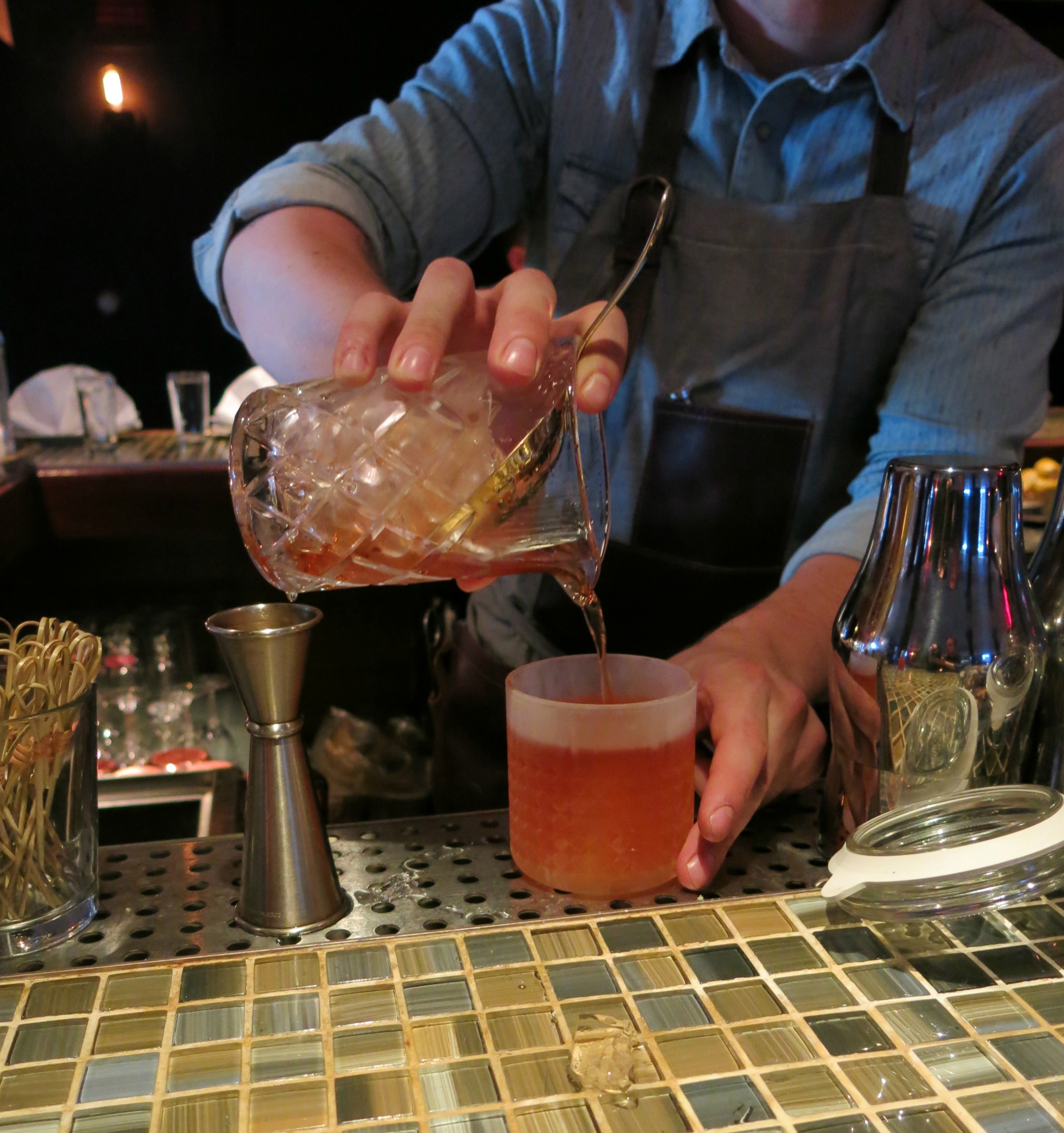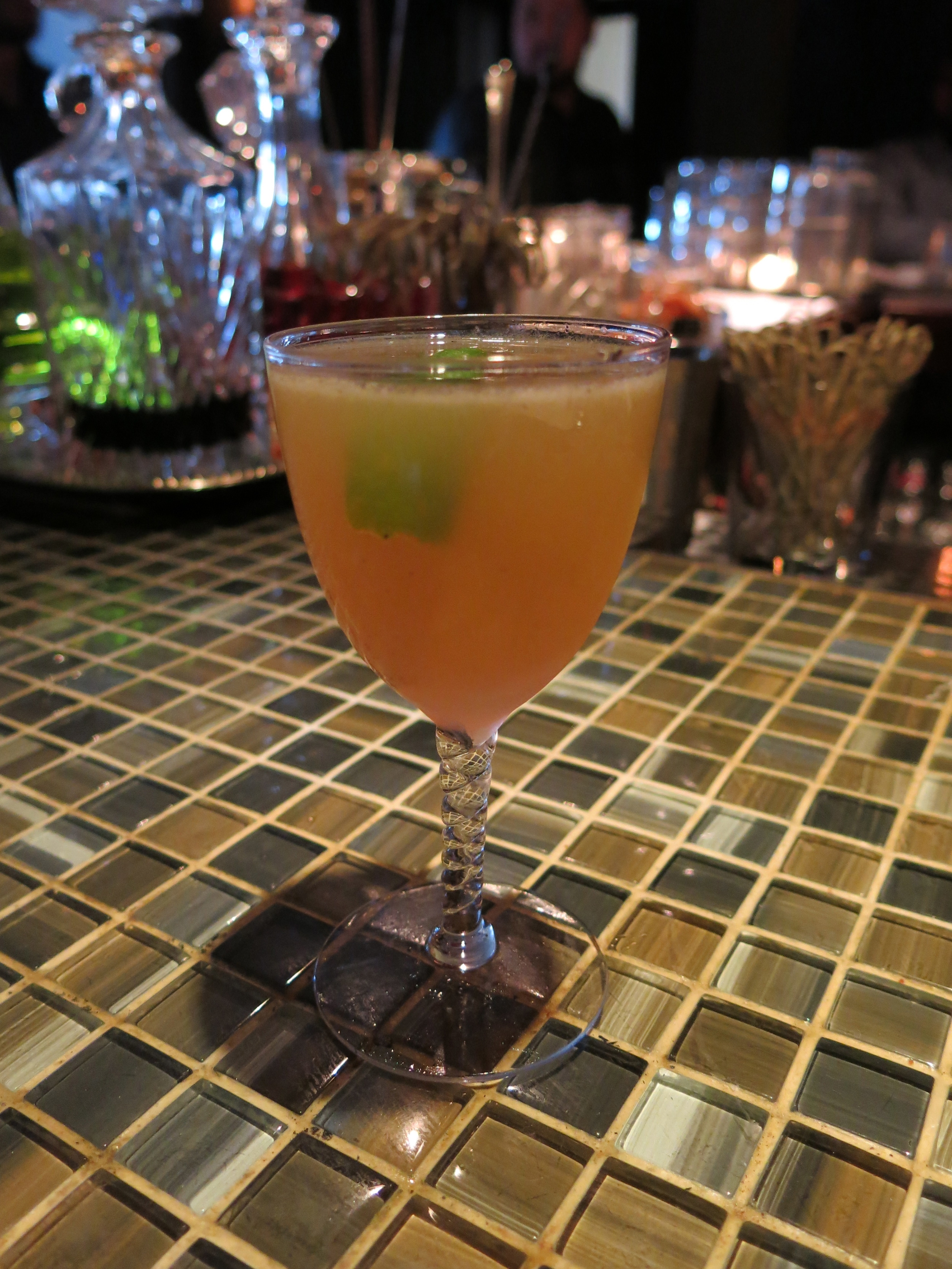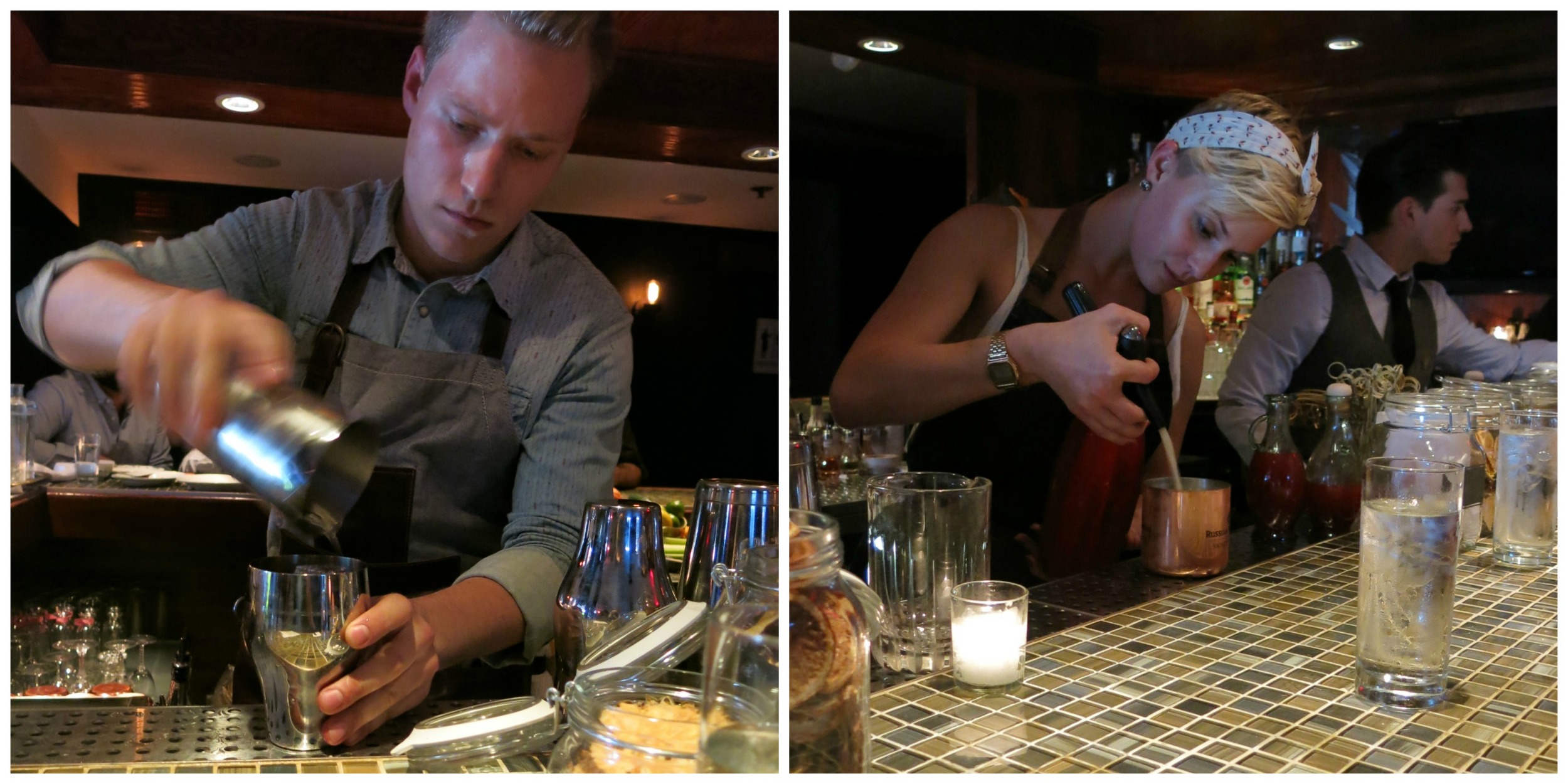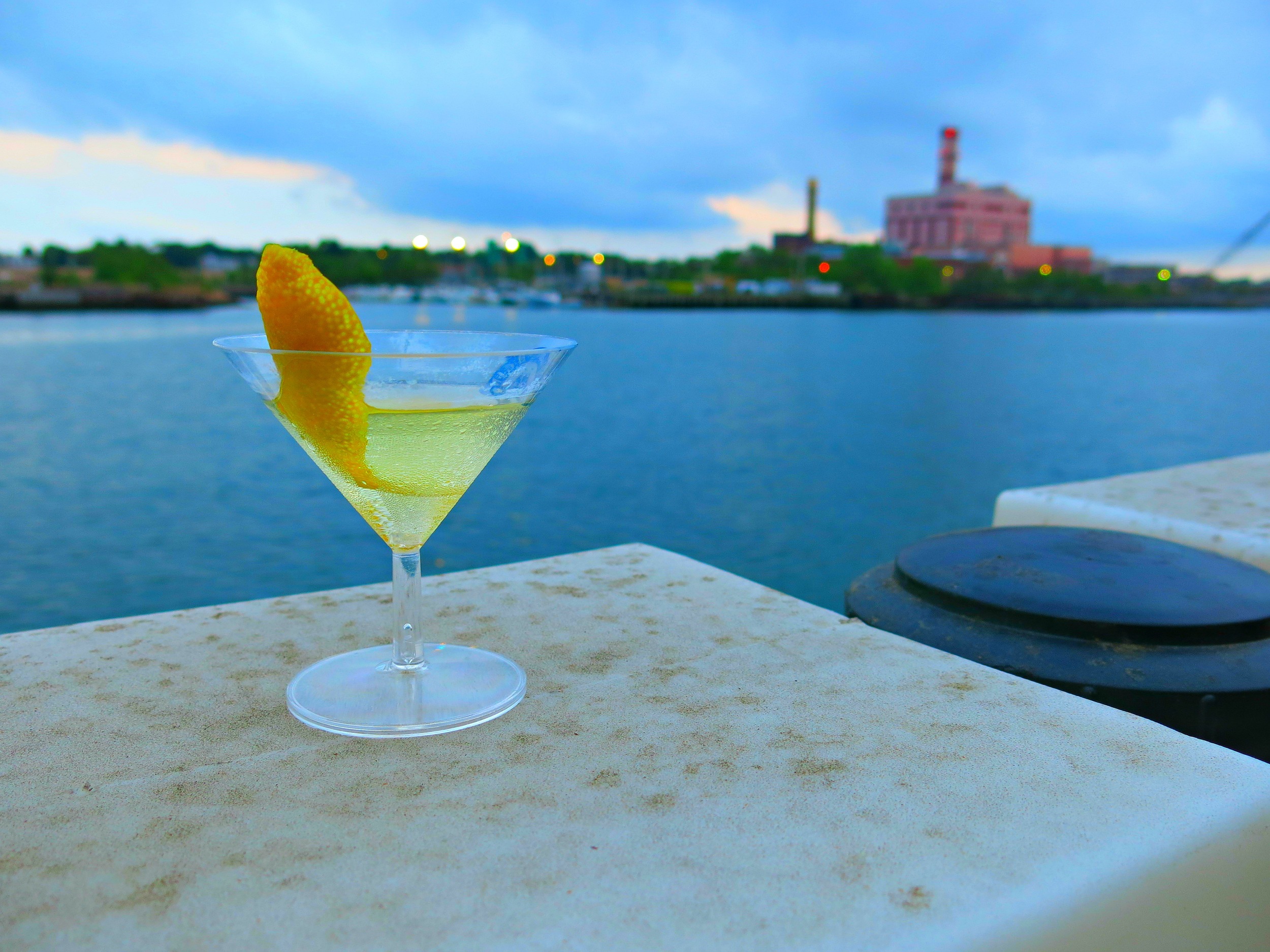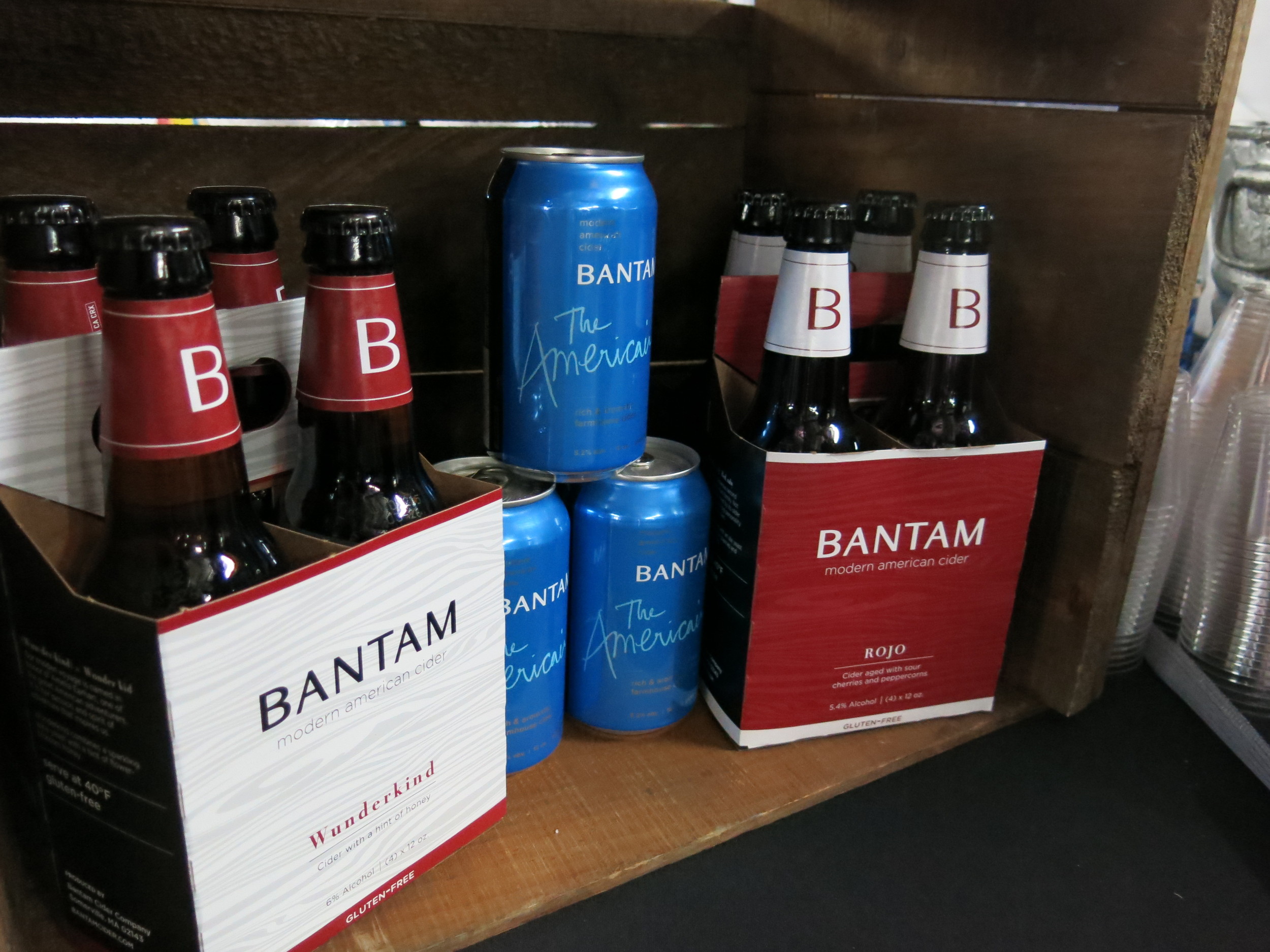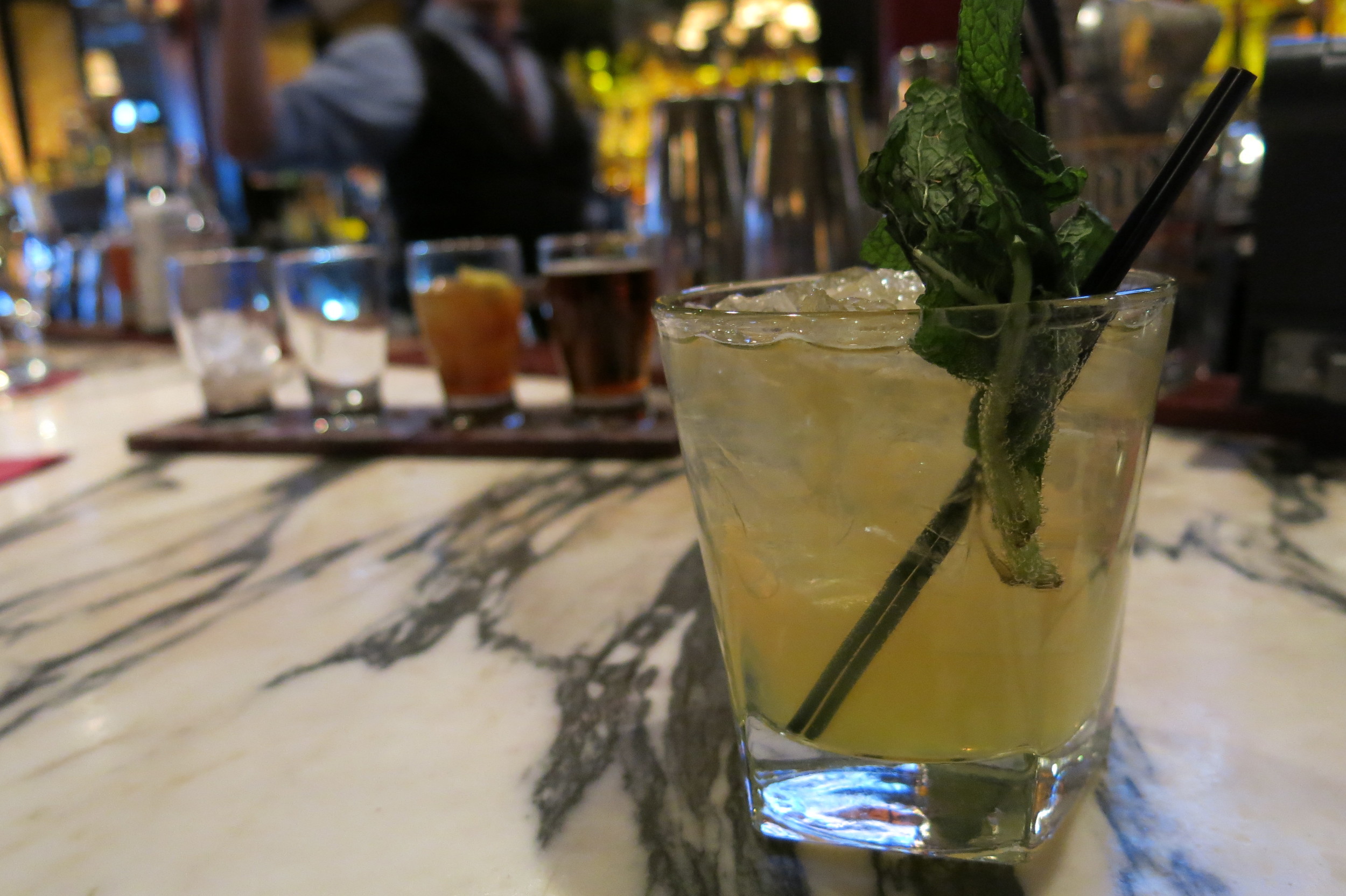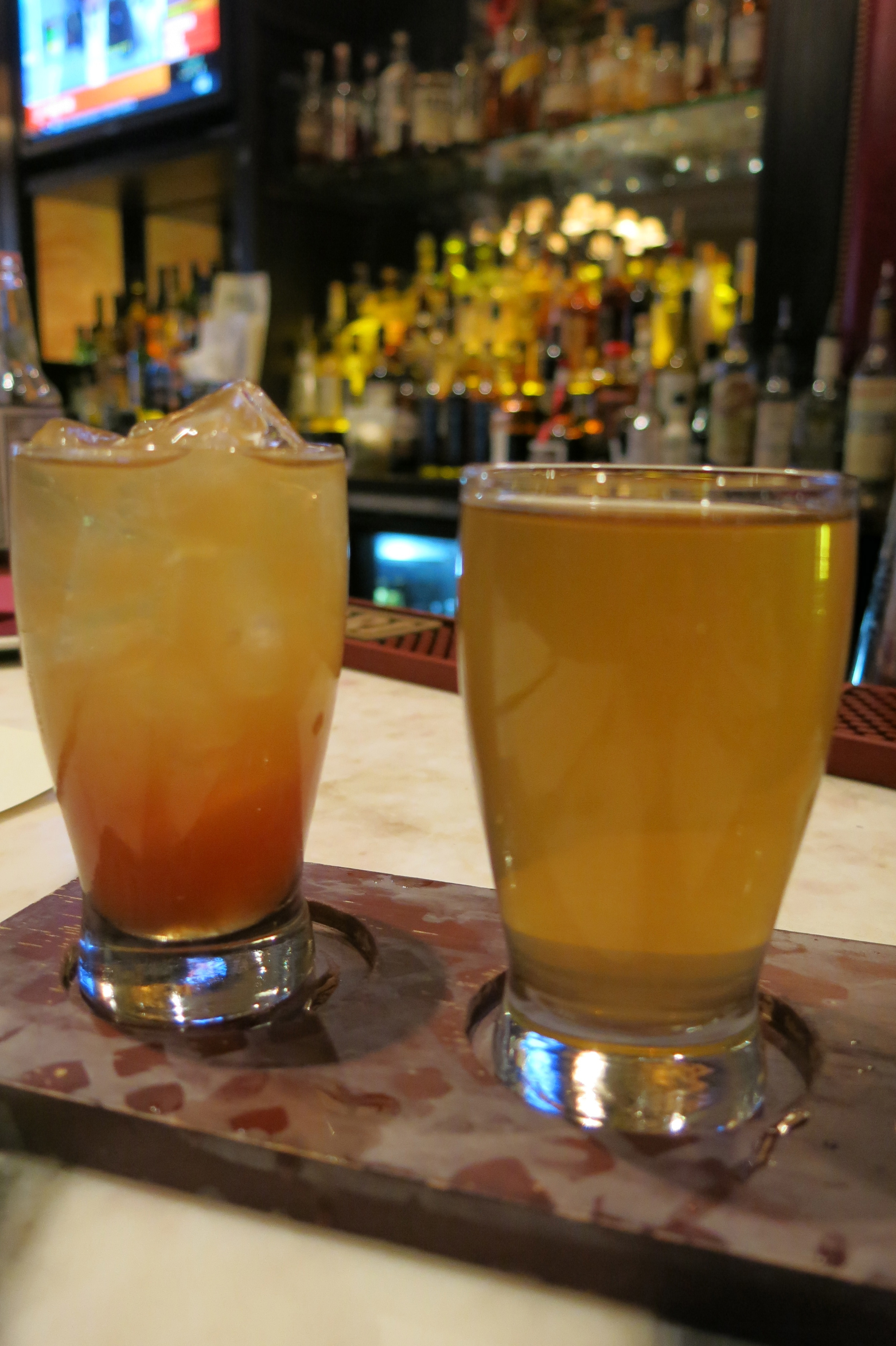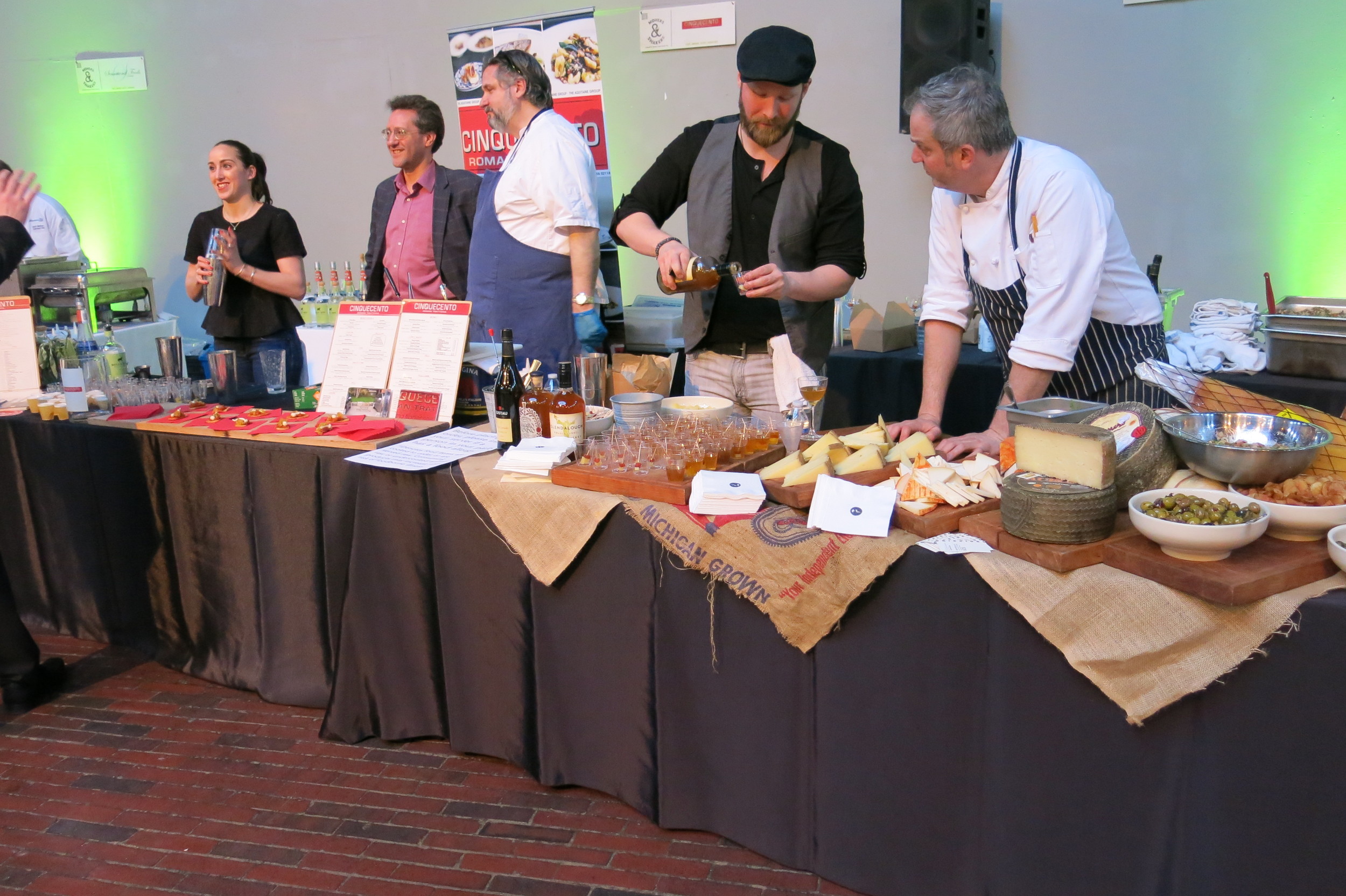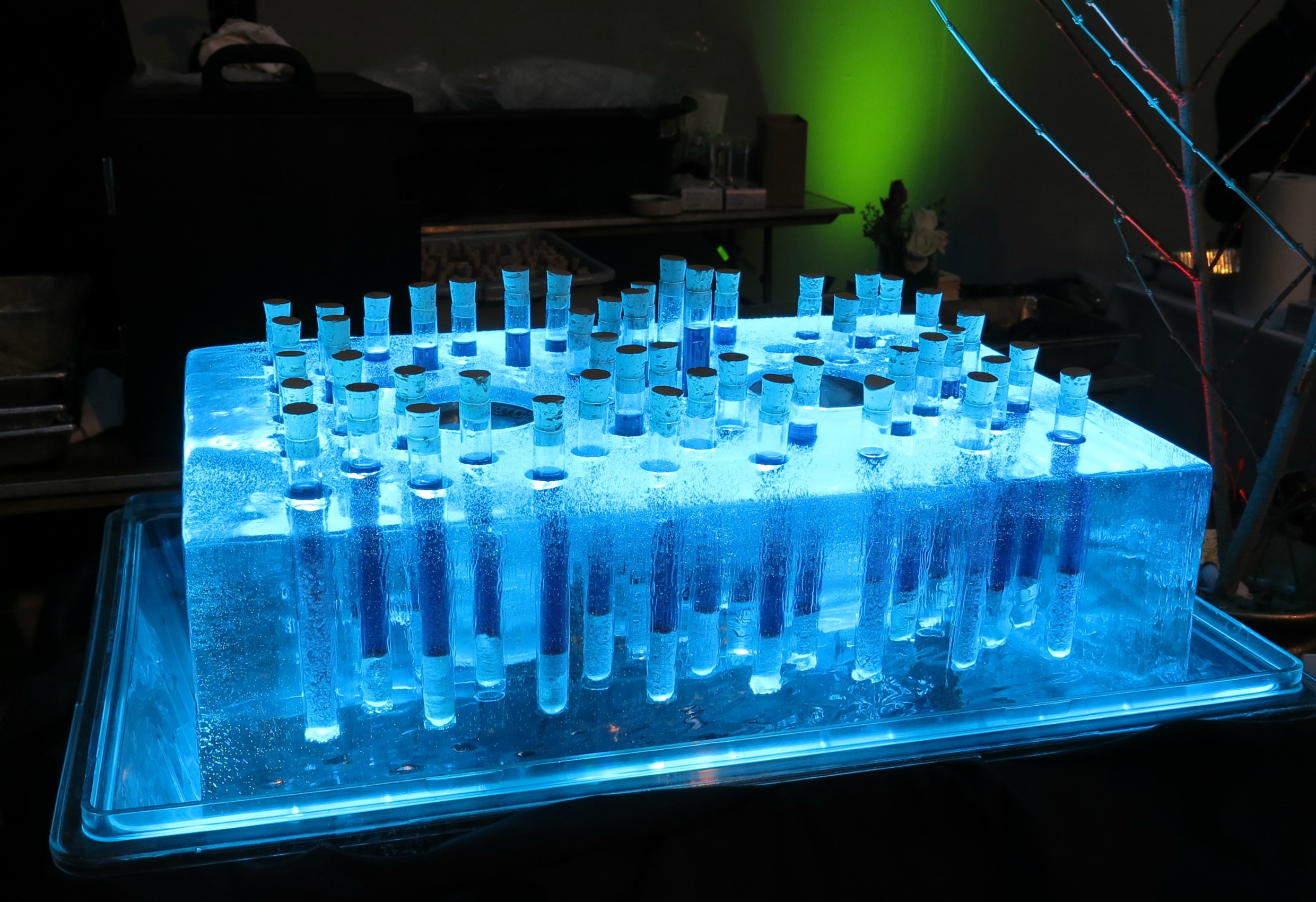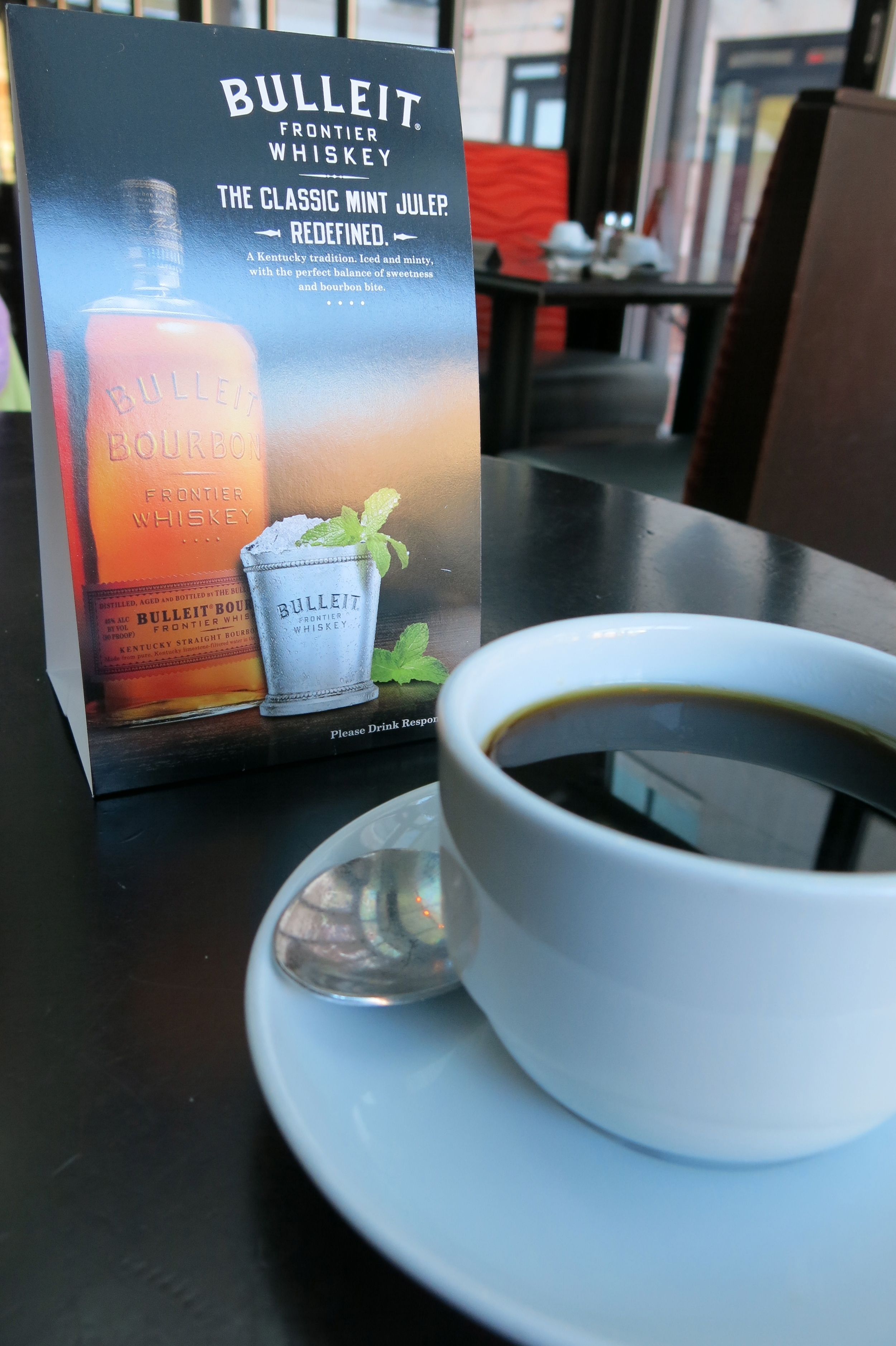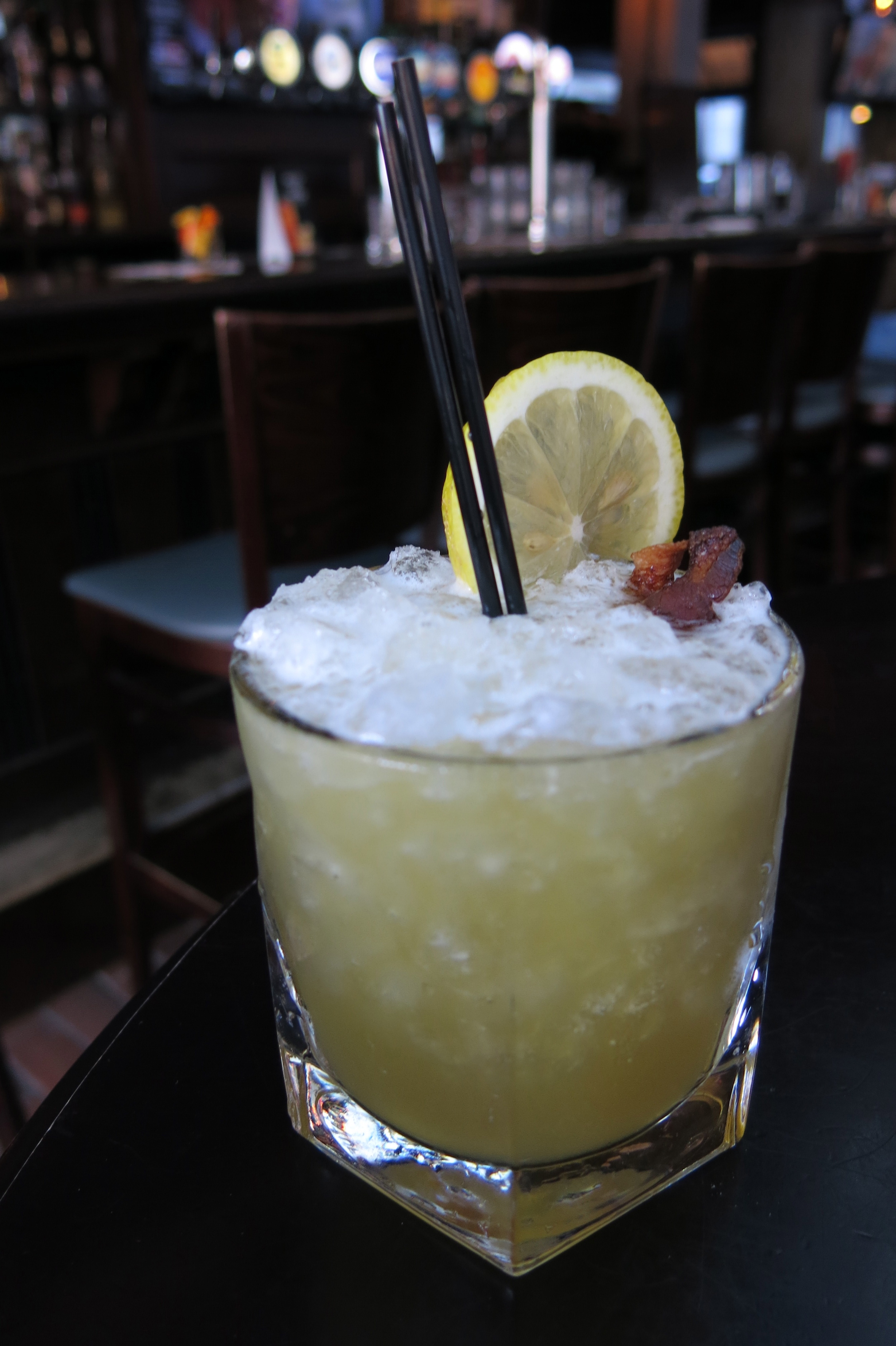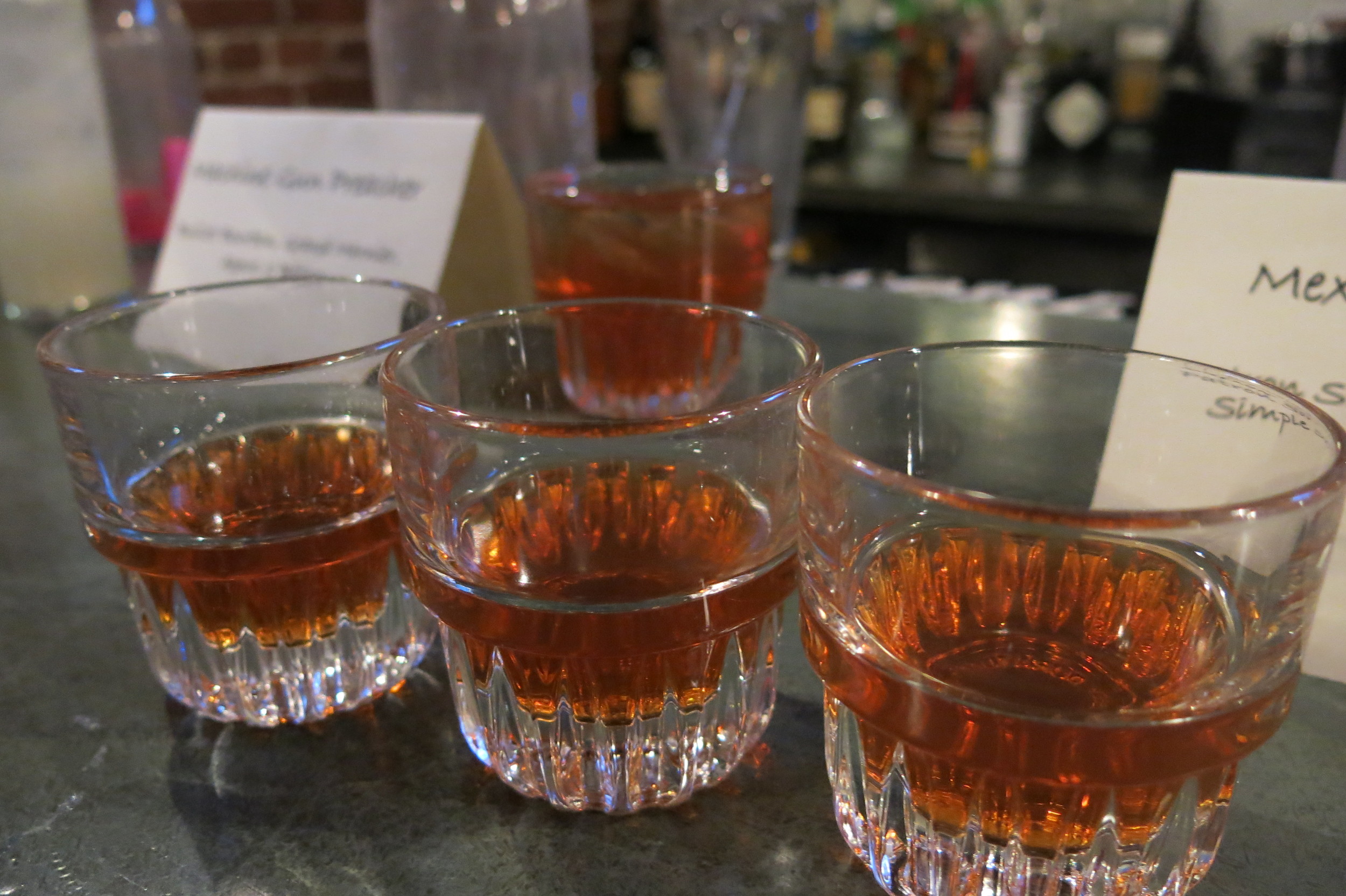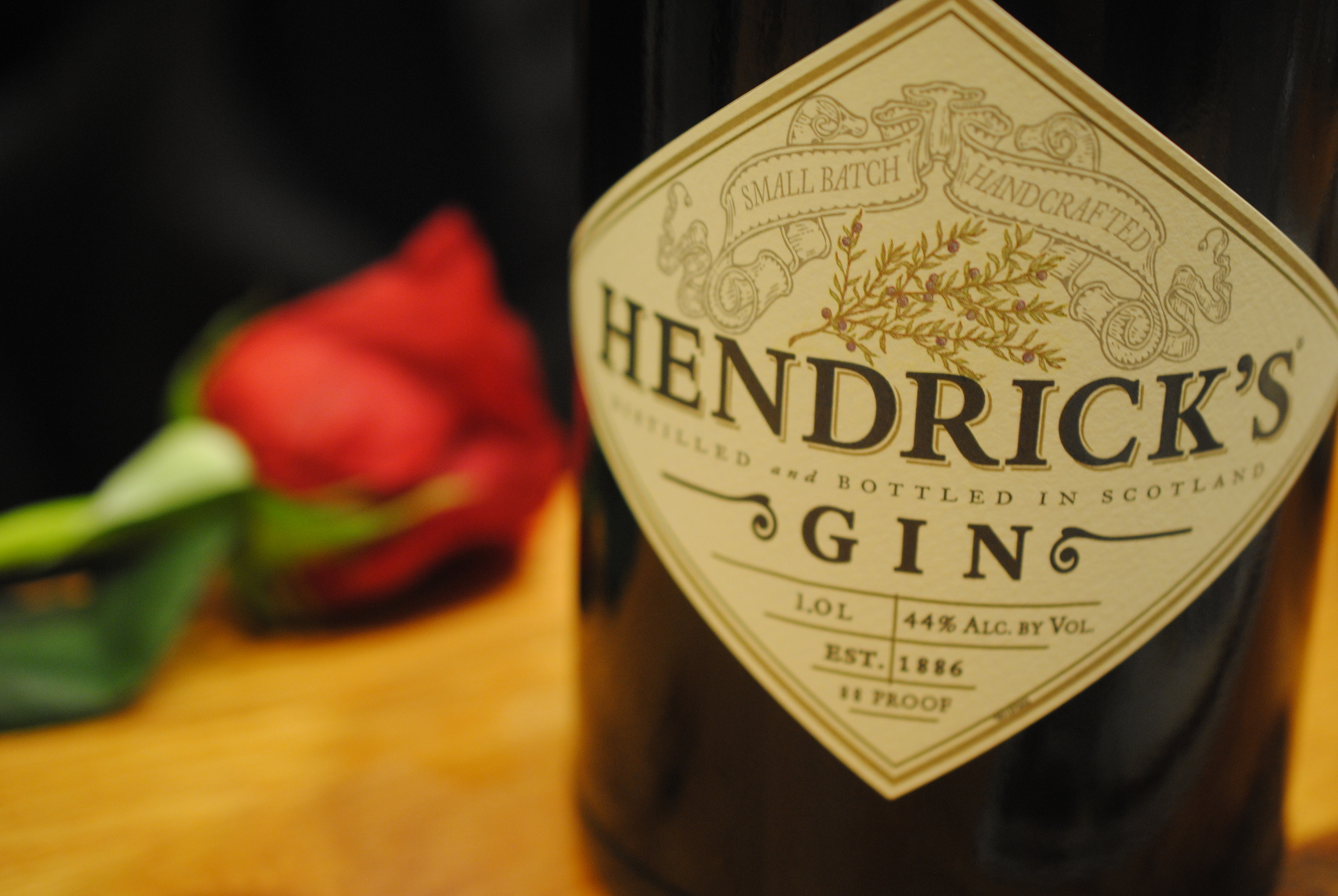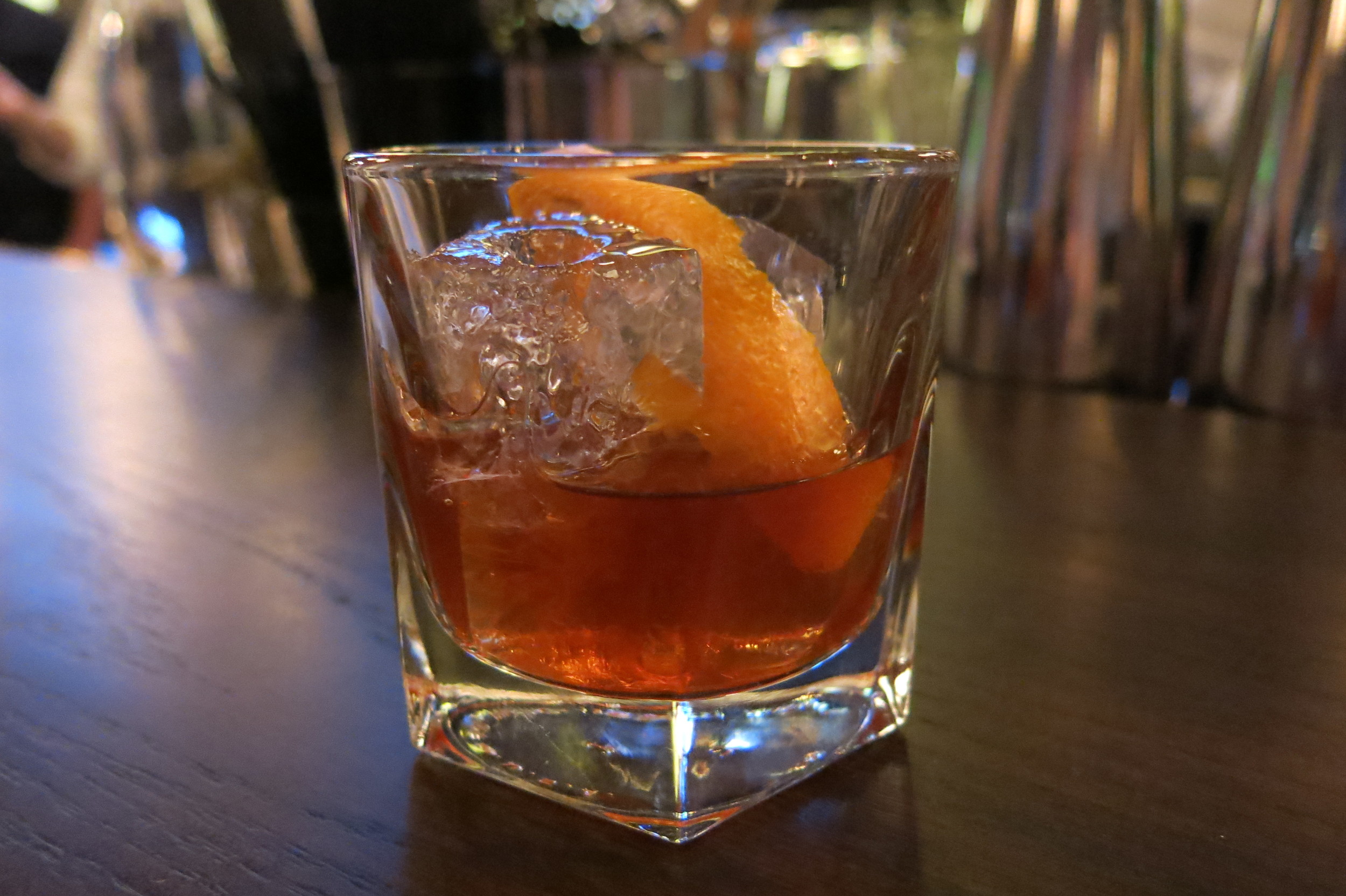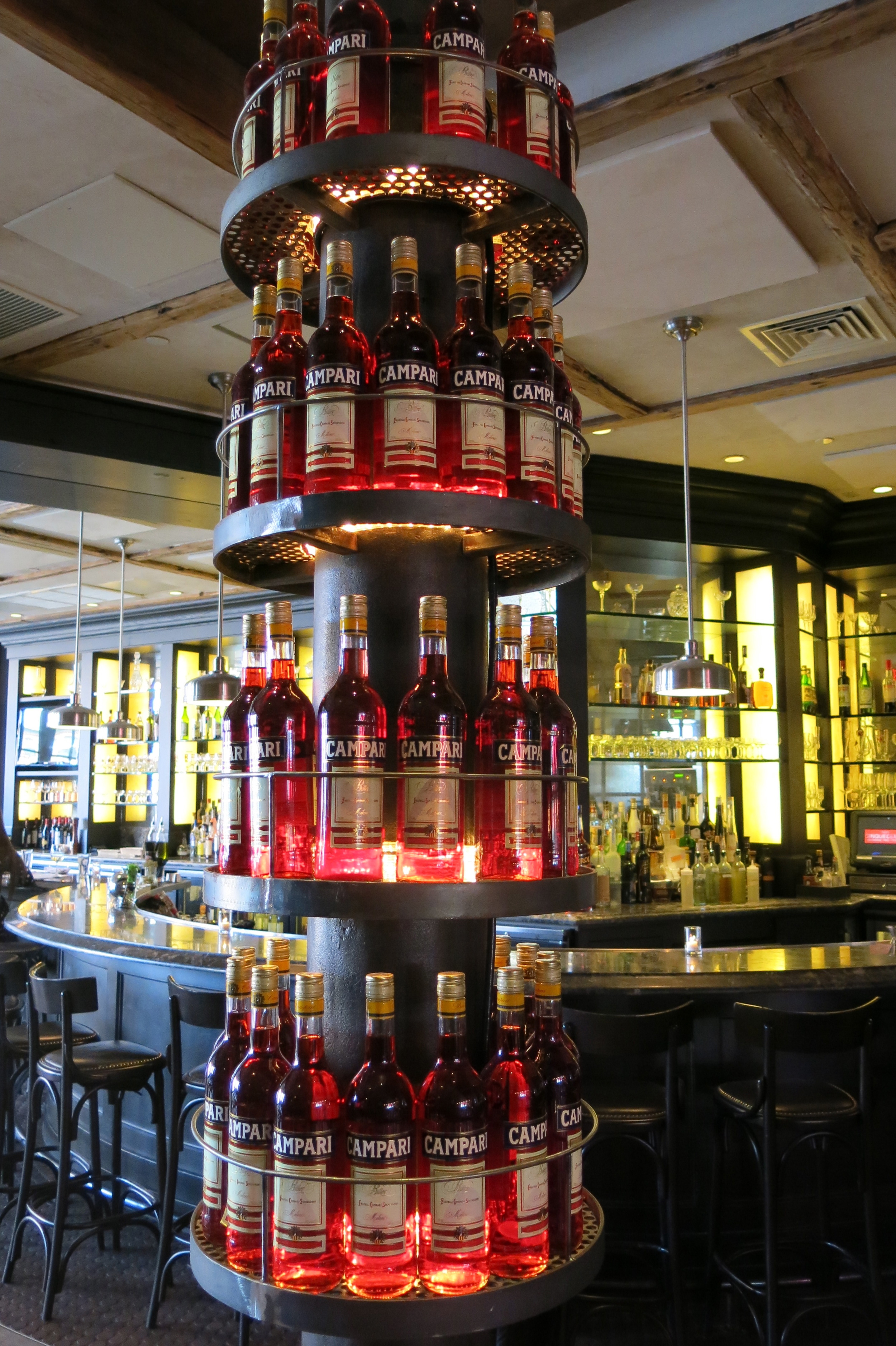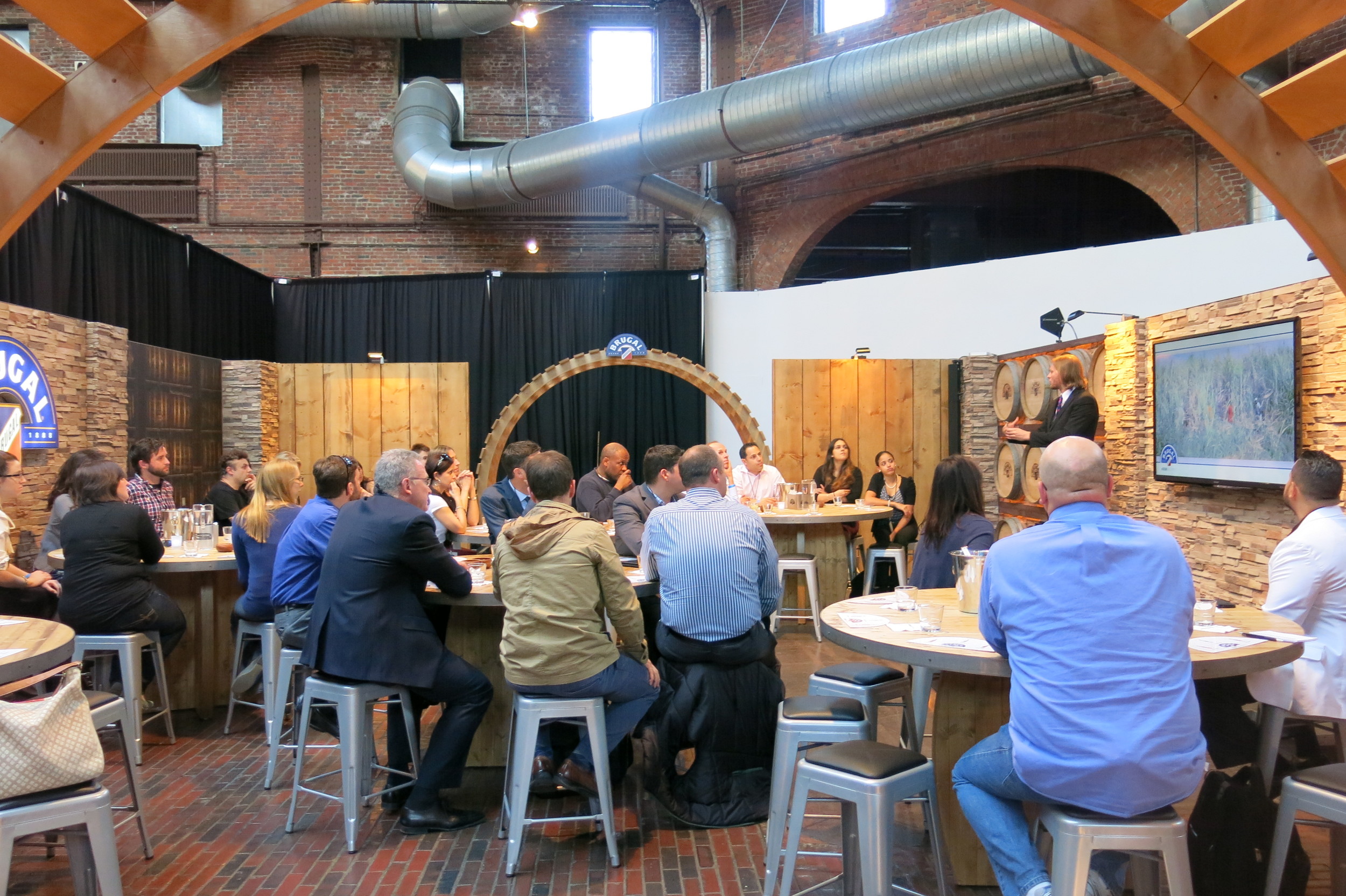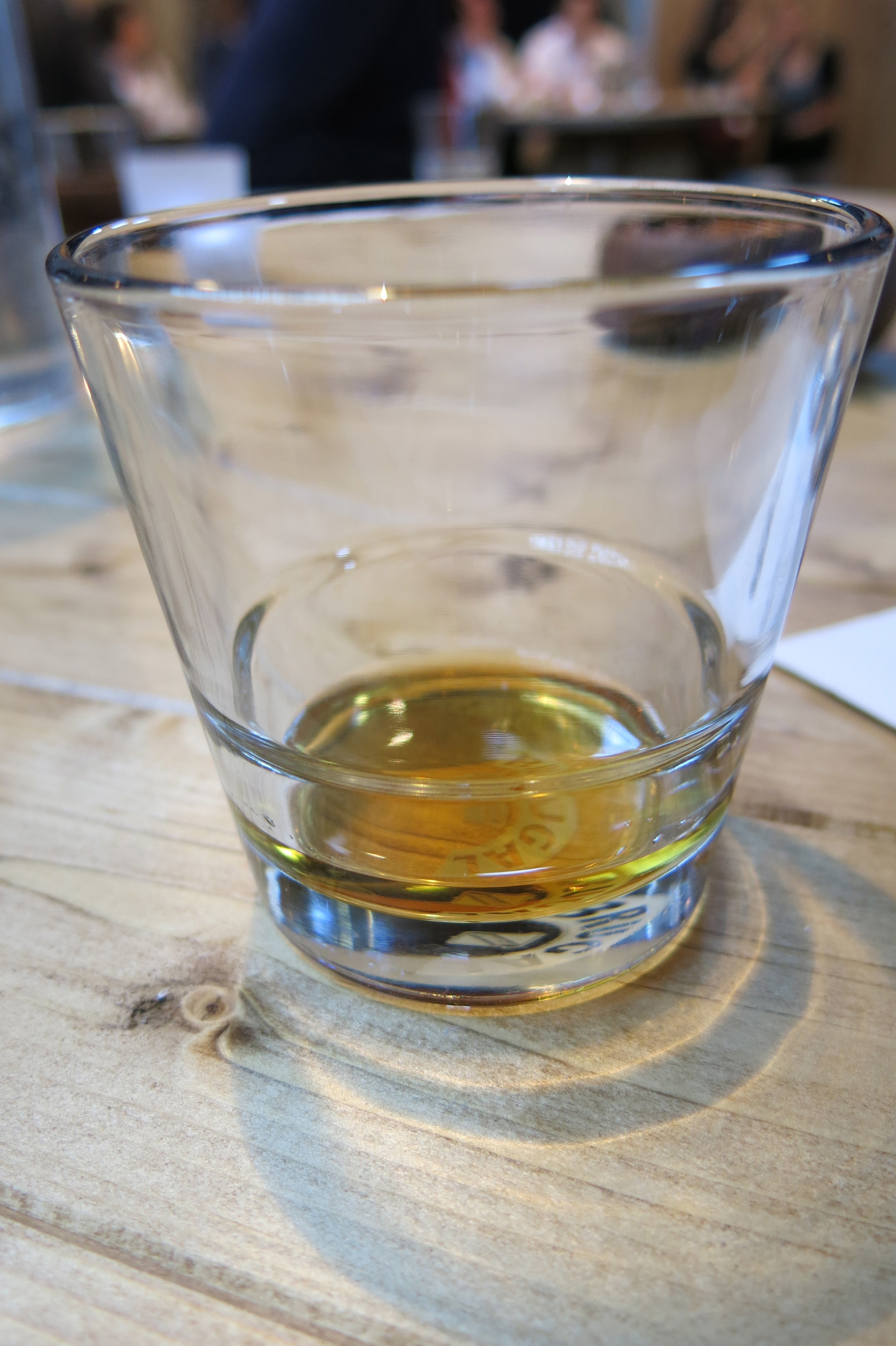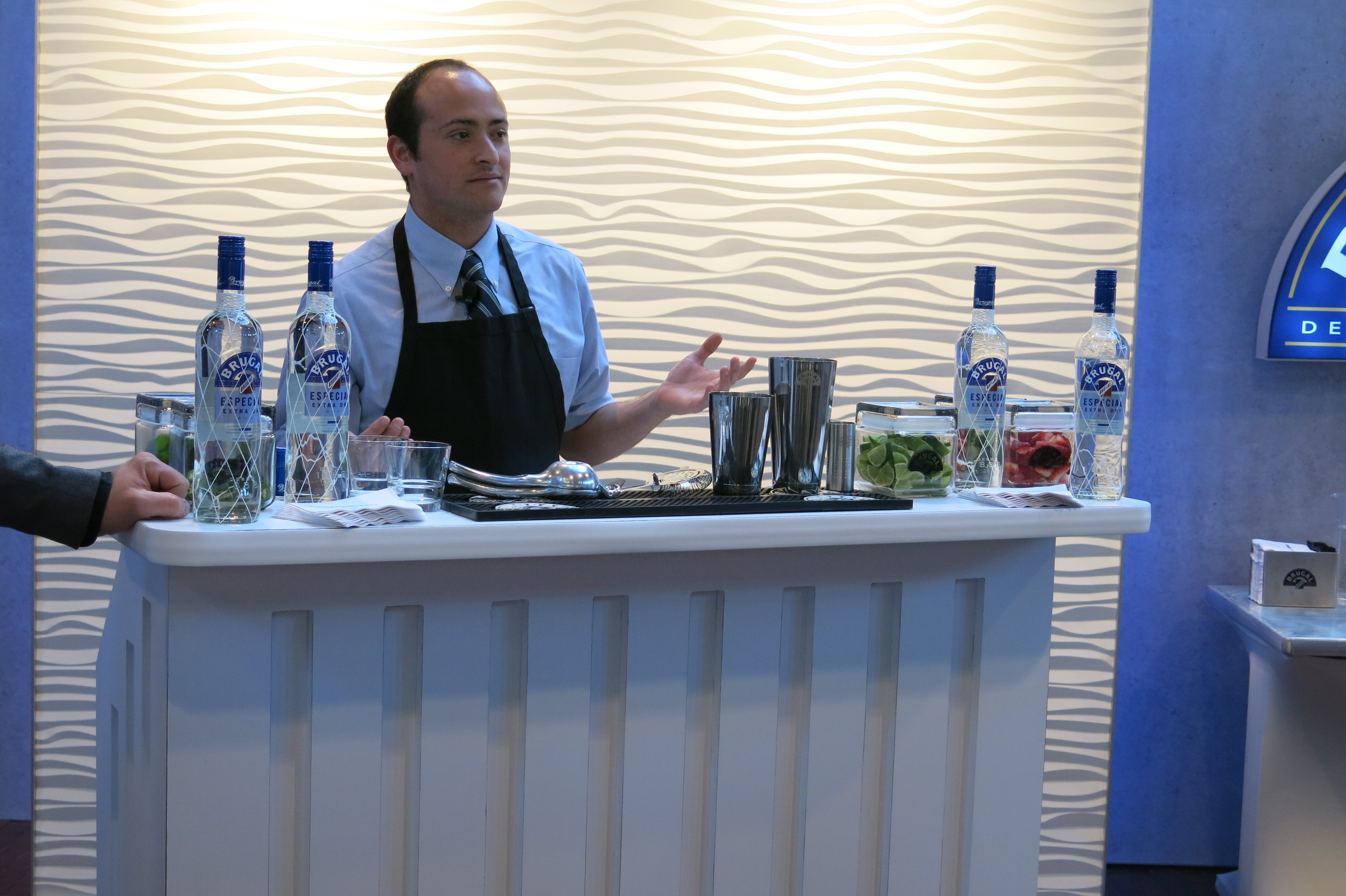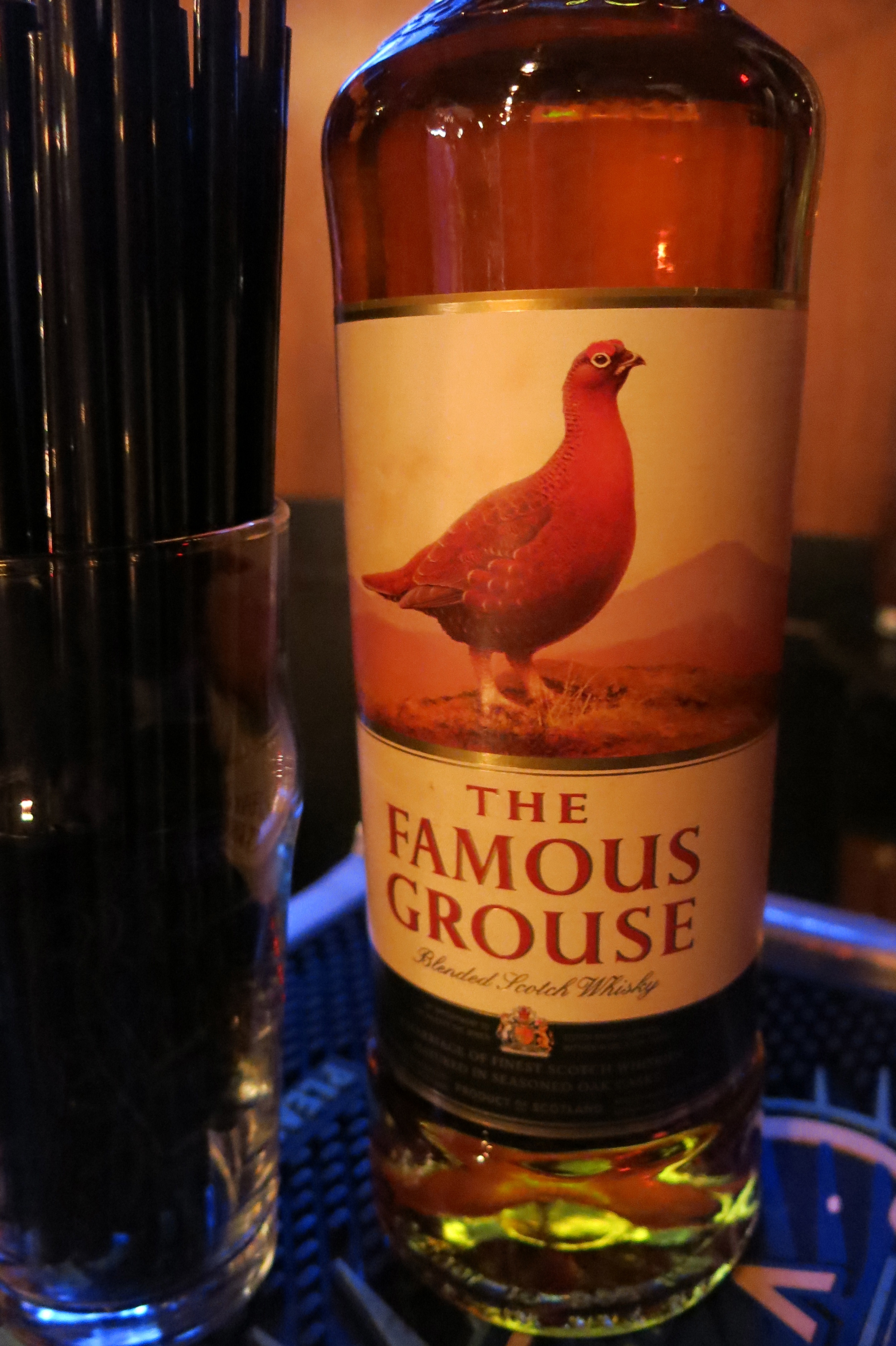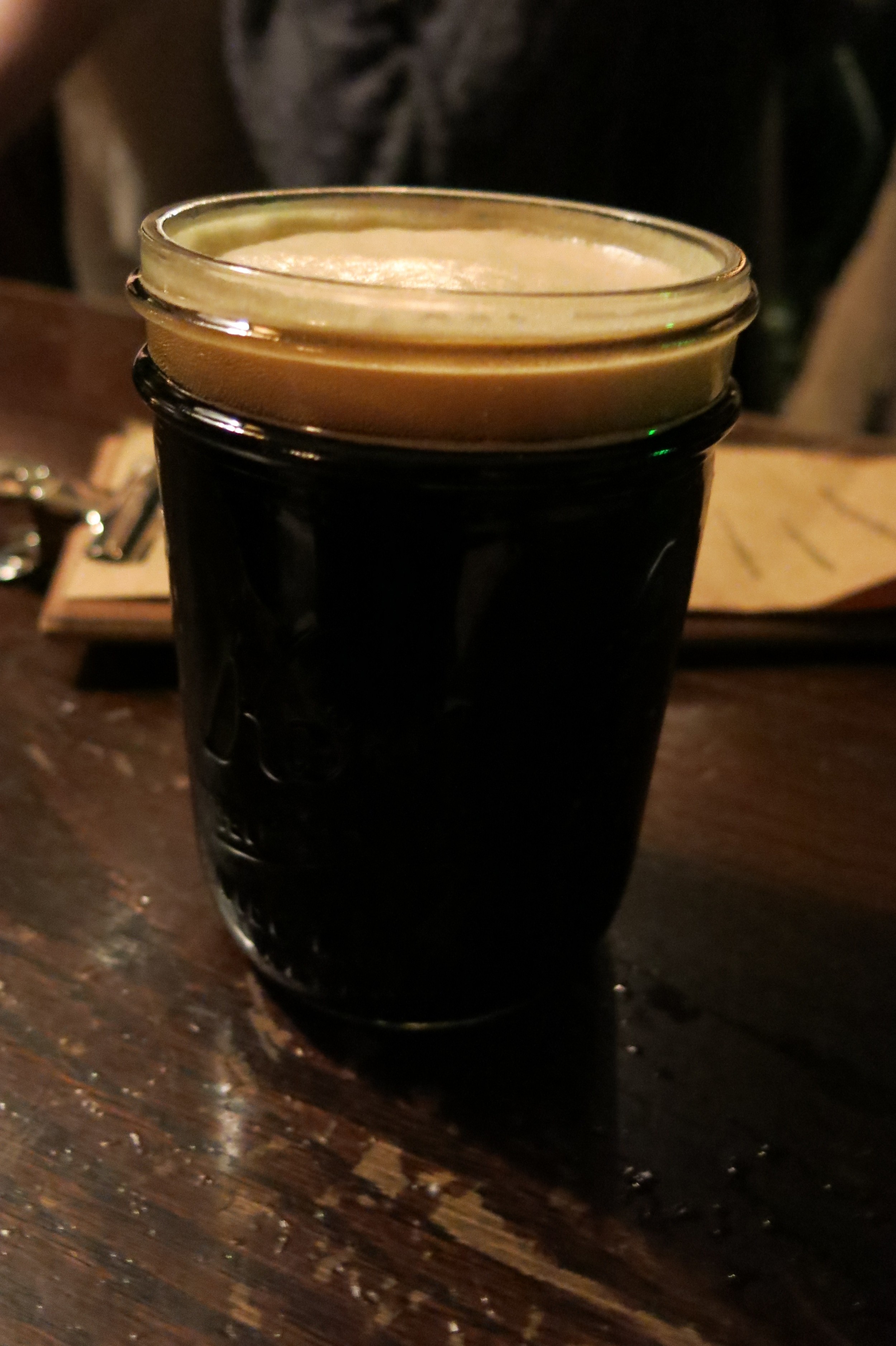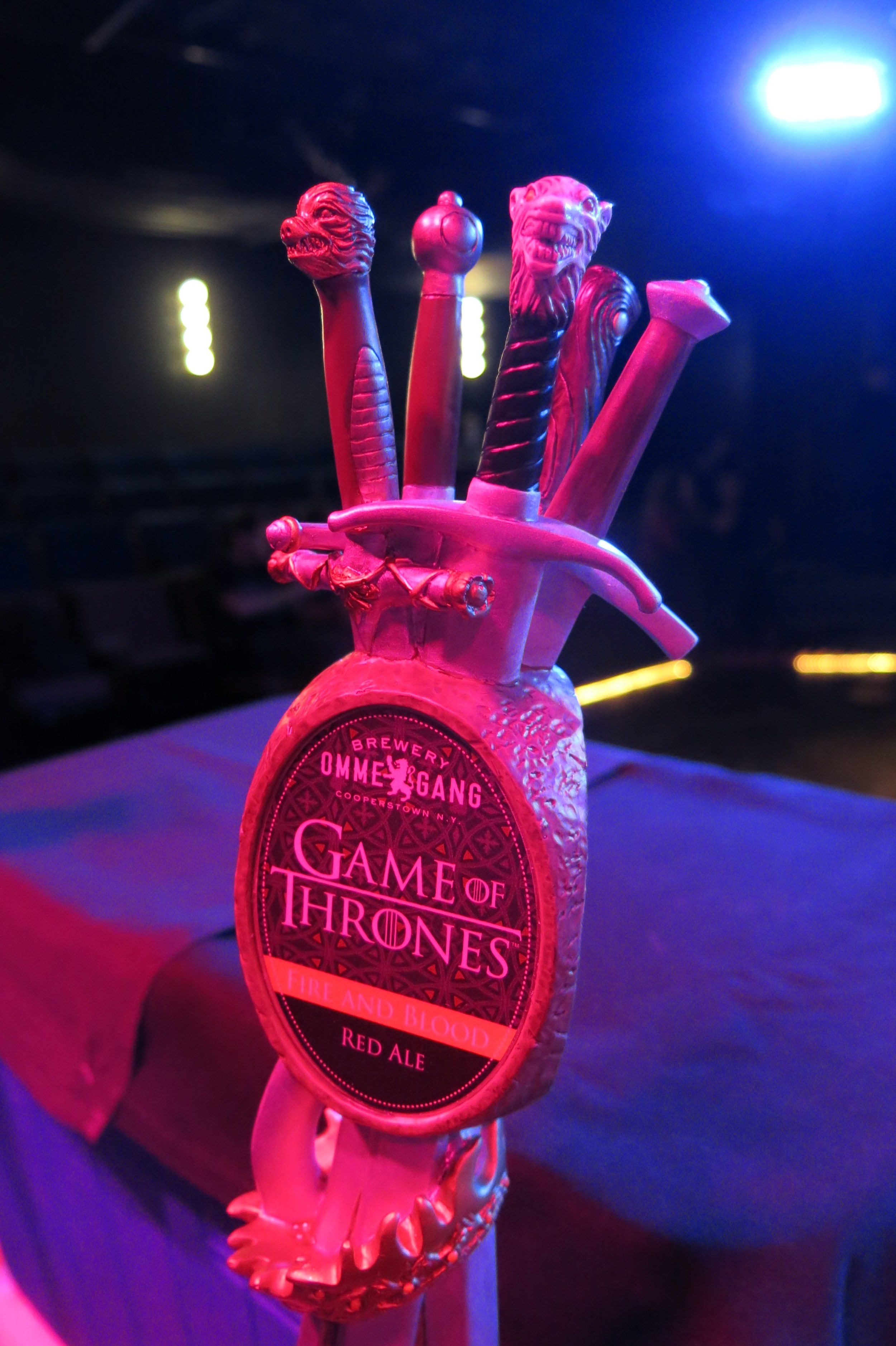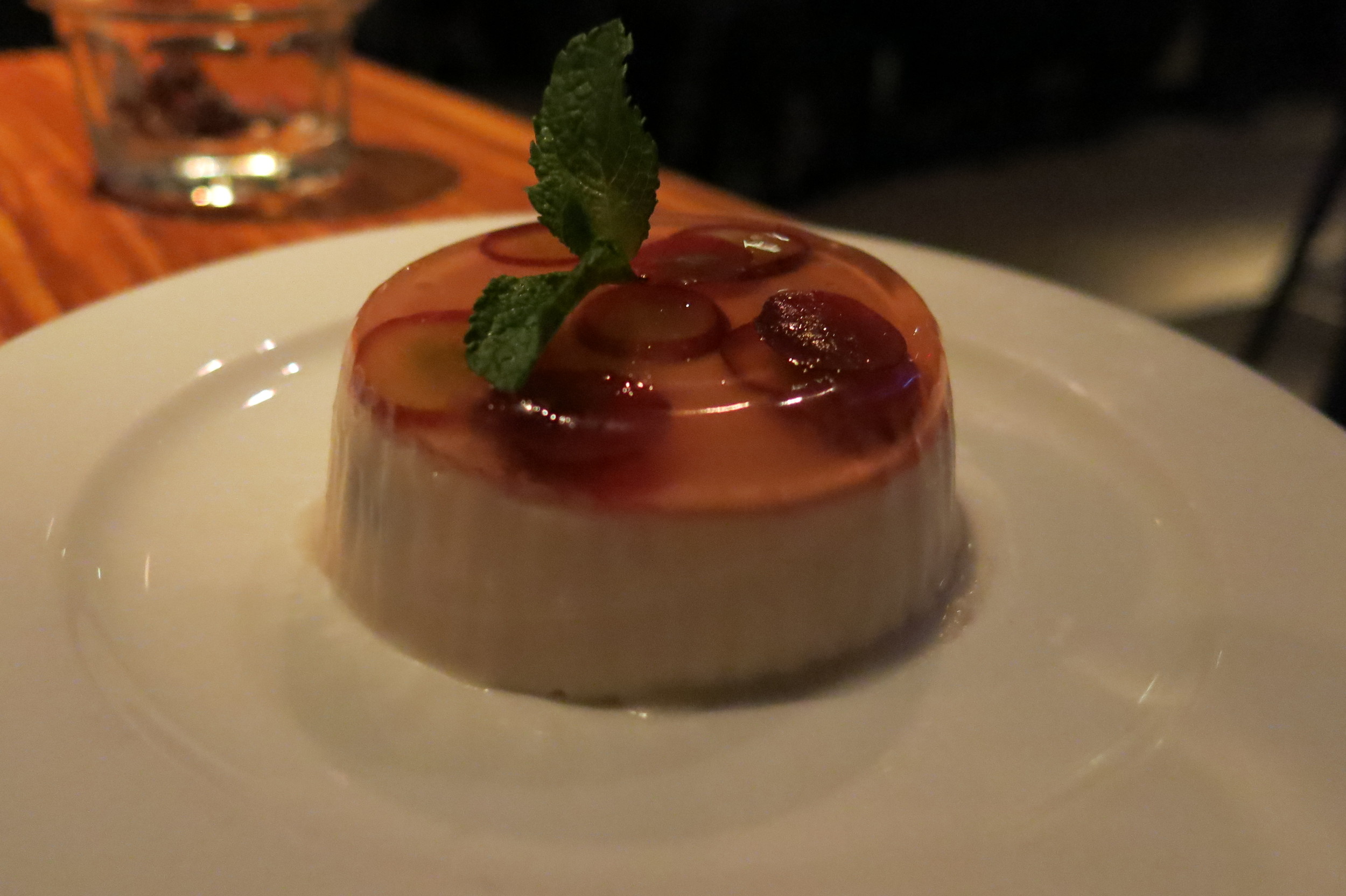Now in its second year, “Standard Education” is a chance for food and drink lovers to go behind the scenes at Eastern Standard and pick up a few tips from the pros. Those looking to beef up their personal hospitality game had a series of four 60-minute interactive classes, appropriately subtitled “It’s All in the Details,” to choose from. The day began with a lesson on how to make “flawless” French macarons, taught by Eastern Standard pastry chef Lauren Kroesser, and continued with a class on creating original cocktails, led by beverage programs liaison Bob McCoy.
Figuring that drinking and learning isn’t a bad way to spend a day, I attended a couple of afternoon and evening classes and was happy to pick up a few pointers from some of the best in the business.
“Scents” Memory: Bridging the Gap Between Wine Aromatics and Grape Varietals Through Olfactory Exploration
I experience the most remarkable phenomenon every time I smell rosemary. One whiff of this fragrant herb, and suddenly I’m a kid again, standing on my cousins’ front doorstep on Christmas morning. My aunt opens the door, and the first thing I’m aware of is the unmistakable aroma of my uncle’s cooking. My uncle was a fantastic cook, and if there was anything that could compare with the thrill of tearing open presents and emptying stockings in front of the fireplace, it was my uncle’s Christmas dinner. The feast would be in the works when I arrived, and despite the countless aromas that must have been wafting out from the kitchen, the one that always stood out for me was rosemary.
As a child, I can’t say I had any particular knowledge or affection for rosemary; it was only as an adult, when I got into cooking, that I began to associate the herb’s aroma with a specific, vivid memory. But the scent of that herb, and the personal experiences that accompany it, are embedded deep in my psyche, and with just one sniff, I can summon the warmth of my aunt and uncle’s home, the unbridled excitement of Christmas morning, and the joy of spending the holiday with my family.
That’s what Colleen Hein, Eastern Standard’s wine director, calls “scents” memory – the power of a certain aroma to transport you to a time, place, or episode from your past. Her class was geared toward teaching us to appreciate the power and sensitivity of our sense of smell, build a “memory database” of different aromas, and learn to identify those scents and flavors in wine.















